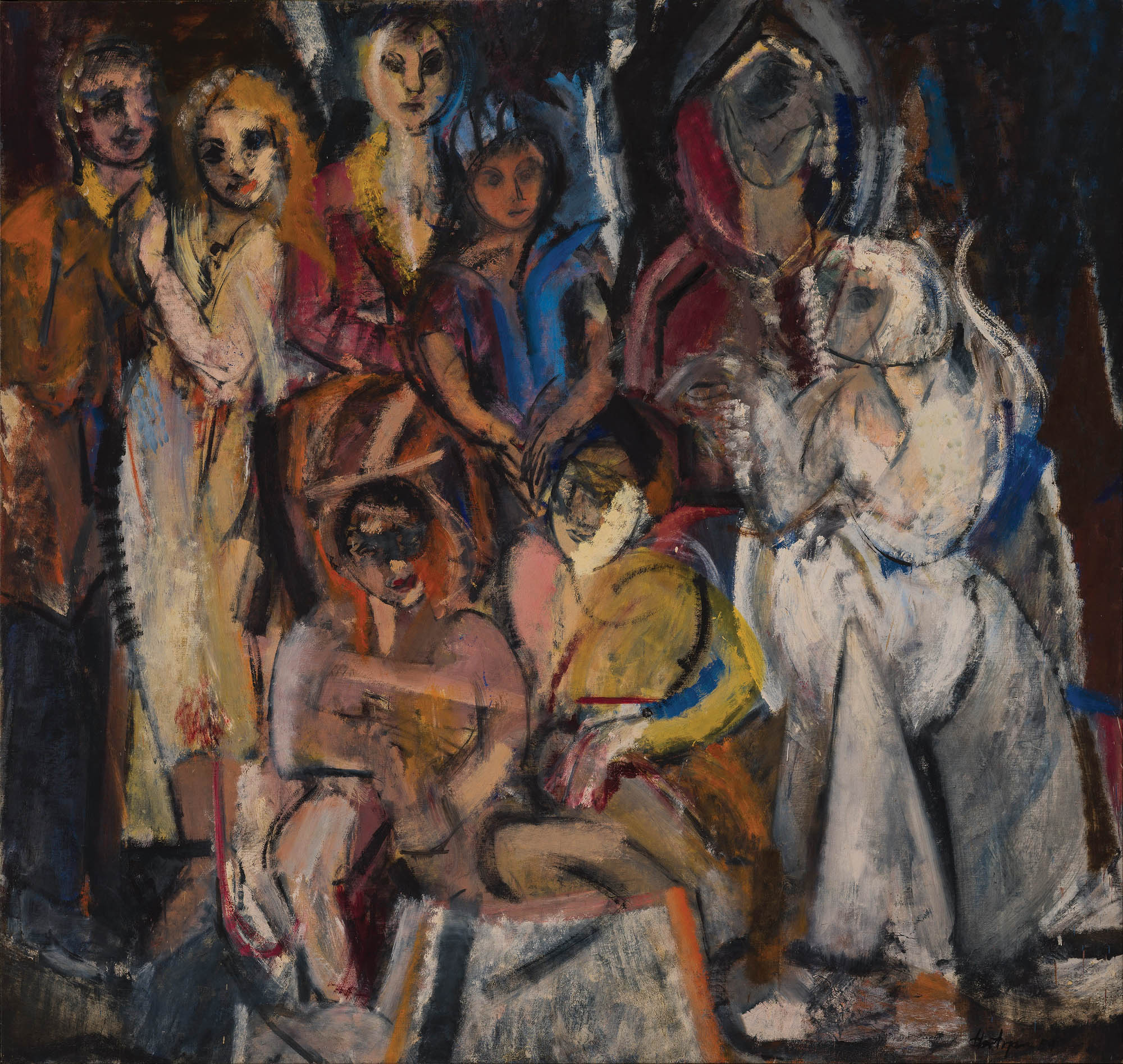
When women are left out of the annals of art history only half of our collective human history is being told. A study of art history shows us not only visual representations of any given artist’s oeuvre –– and it’s not just about analyzing the technique or talent of that artist –– but art history also gives us the cultural, political, and historical stories behind those works.
For centuries, women artists have struggled to receive recognition for their accomplishments and contributions. Despite activism toward social and professional equality, women remain underrepresented and undervalued in the art world.
As Murray Whyte of the Boston Globe points out, “the best strategy for career success for woman artists appears to be to live long enough to see it. Though waiting — and waiting, and waiting — has never been much of a guarantee.”
Whyte also includes some statistics: ninety-six percent of all art sold at auction is by men. While forty-six percent of American artists are women, only thirteen percent of American art museum holdings are by women.
In my hometown of Boston, MA, strides are being taken to draw attention to women artists from our history as well as those working in the contemporary art world. Like others who write about this subject, I’m struck that there still seems to be a need to differentiate “women artists”.
The Museum of Fine Arts, Boston, is seeking to remedy gender discrimination found in museums, galleries, academics, and the art market. The MFA also acknowledges its lack of support toward consistently supporting women artists, and to this end, the museum has reallocated the entire third floor of the Art of the Americas Wing, now showing approximately 200 artworks made by women over the last 100 years. In what the museum is calling a “takeover”, this major exhibition aims to challenge the dominant history of art from 1920 to 2020.
Women Take the Floor is a year-and-a-half-long exhibition, running through May 3, 2021. It coincides with the 100th anniversary of the ratification of the 19th Amendment and is also part of the MFA’s 150th anniversary—a year-long celebration focused on enhancing the power of art and artists, honoring the past and reimagining the future.
“Ninety-six percent of all art sold at auction is by men.”
“Our goals are to celebrate the strength and diversity of work by women artists while also shining a light on the ongoing struggle that many continue to face today. We see these efforts of recognition and empowerment to mark a first step to redress the systematic discrimination against women at the MFA, and within the art world,” says Nonie Gadsden, who led the cross-departmental team of curators in organizing Women Take the Floor.
Taken primarily from the MFA’s collection, the exhibition shows paintings, sculptures, printmaking, photography, jewelry, textiles, ceramics, and furniture. The museum presents a number of installations, some on rotation, including the following:
Women Depicting Women: Her Vision, Her Voice presents works that span history and geography, and reflect social, political and cultural concepts as represented through the work of artists Frida Kahlo, Alice Neel, Andrea Bowers, and Cindy Sherman.
Women on the Move: Art and Design focuses on the inroads women made as professional artists and designers following the campaign for women’s suffrage. Yet the road was not easy, nor was it open to all. This gallery features well-known artists Georgia O’Keeffe, Ruth Reeves, and Loïs Mailou Jones, along with lesser-known artists whose importance is under-recognized.
Personal to Political: Women Photographers, 1965–1985 features work by more than thirty-five photographers who in the fields of photo-journalism, fashion, social documentary, and fine art photography.
Women of Action recognizes the work and dedication of Joan Mitchell, Grace Hartigan, Helen Frankenthaler, Elaine de Kooning, and Lee Krasner. These five women, working along with their male contemporaries, were a part of the revolutionary art movement which shifted the focus of art and culture from Paris to New York and changed the way art is created and appreciated today.¨
NINTH STREET WOMEN
Abstract Expressionism, Action Painting, Color Field Painting –– these are terms you might associate with artistic luminaries such as Jackson Pollock, Willem De Kooning, and Mark Rothko, but they did not paint alone.
Mary Gabriel, author of Ninth Street Women, tells of the Abstract Expressionist movement in New York through the lives of five prominent female painters contributing to that artistic revolution. Joan Mitchell, Grace Hartigan, Helen Frankenthaler, Elaine de Kooning, and Lee Krasner were not just playing the roles of “the artist’s wife” or “the critic’s lover”. They were not supporting characters in Abstract Expressionism, they were a part of it. They were painters.
Within Gabriel’s extraordinarily well researched and documented book, it is her mission to introduce readers to these five artists and the society in which they lived. She provides ample space to the leading characters, but the book also reads like a juicy novel as it describes Bohemia, New York and a supporting cast of art dealers, critics, and patrons moving through Greenwich Village and the Cedar Street Tavern. Working alongside Pollock and De Kooning, the women of Ninth Street did exceptional work and faced incredible odds to become artists in a culture that didn’t want them.
In 1948, at the age of 26, Grace Hartigan left her husband and small son to travel to New York to become a painter–– before she even knew how to paint. She showed up at the de Kooning’s door, stating, “Jackson Pollock sent me.” In 1953, MOMA purchased Hartigan’s The Persian Jacket.
Helen Frankenthaler and Joan Mitchell both came from a background of wealth and privilege before pursuing their passion in New York. Frankenthaler was the inventor of Color Field Painting with her technique of the soak-stain. She continued painting for another sixty years. Mitchell participated in the famous “Ninth Street Show” in 1951, and soon established a reputation as one of the leading American Abstract Expressionist painters. She continued to exhibit regularly in New York throughout the next four decades.
Lee Krasner, otherwise known as Mrs. Jackson Pollock, was the oldest of the group but only came into her own after Pollock’s death in 1956. She exhibited in several shows when Pollock was alive, including the historic “Ninth Street Show”, but she could never get out from under the mantle of “the artist’s wife”. After Pollock’s death, Krasner went on to enjoy a long artistic career, her work fetching high prices at auction.
“[Elaine de Kooning] was extraordinarily brazen, had a sharp wit; she could drink all the men under the table, and she was very, very talented,” said Gadsden in a Boston WBUR interview. “She was an art critic and she was a major proponent of abstract expressionism. Yet she never was able to get the name that her husband got and much of that is due to discrimination based on gender.”
I believe that Mary Gabriel’s work sets the stage and breaks the mold for continuing study and a more diverse idea of who made art and history. Prior to the book’s publishing, we knew little of these women’s lives, their talent, or their contributions. The MFA exhibition provides an entire gallery to Women of Action that shows us the work of the Ninth Street Women, and that their work was just as formidable, rigorous, and as groundbreaking as the men’s.

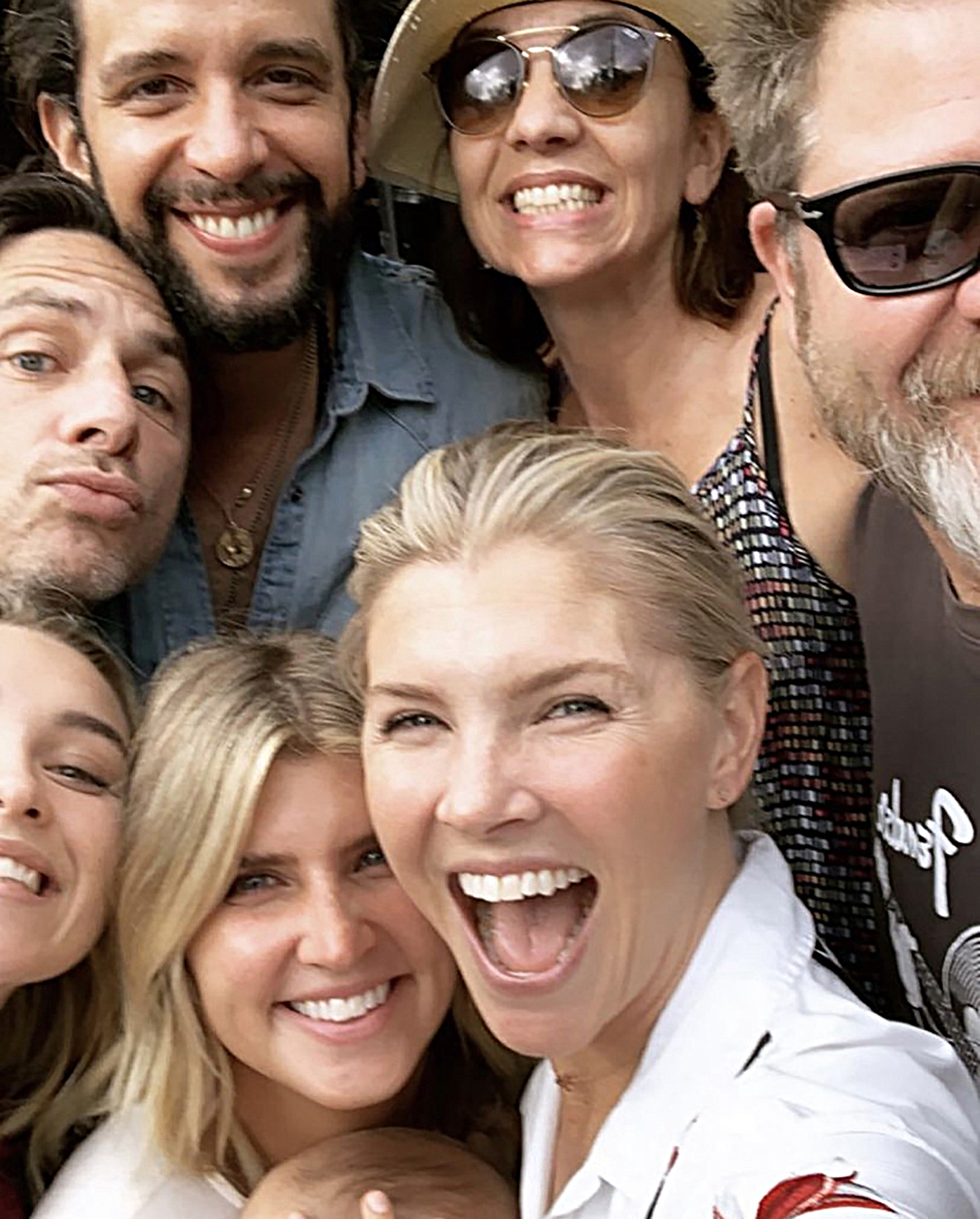
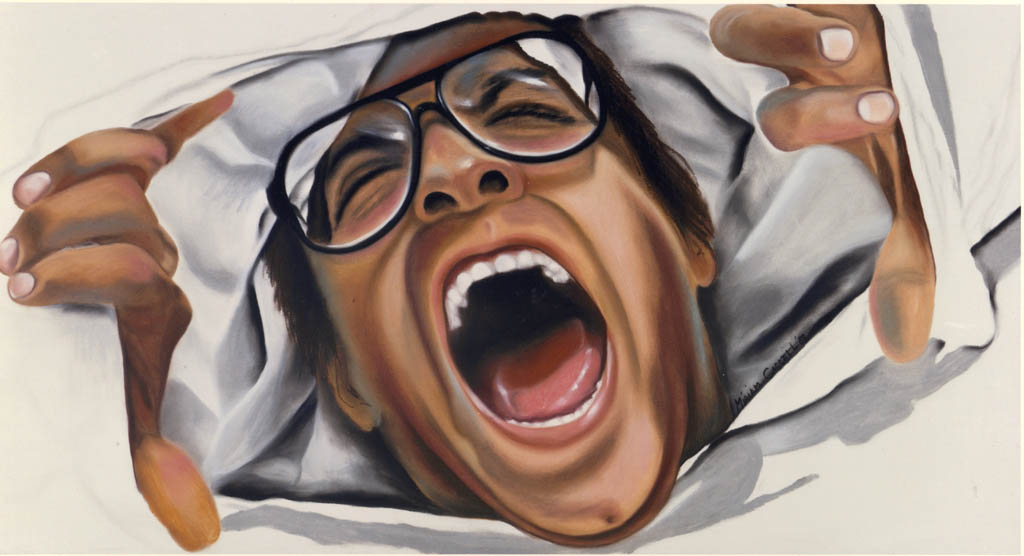
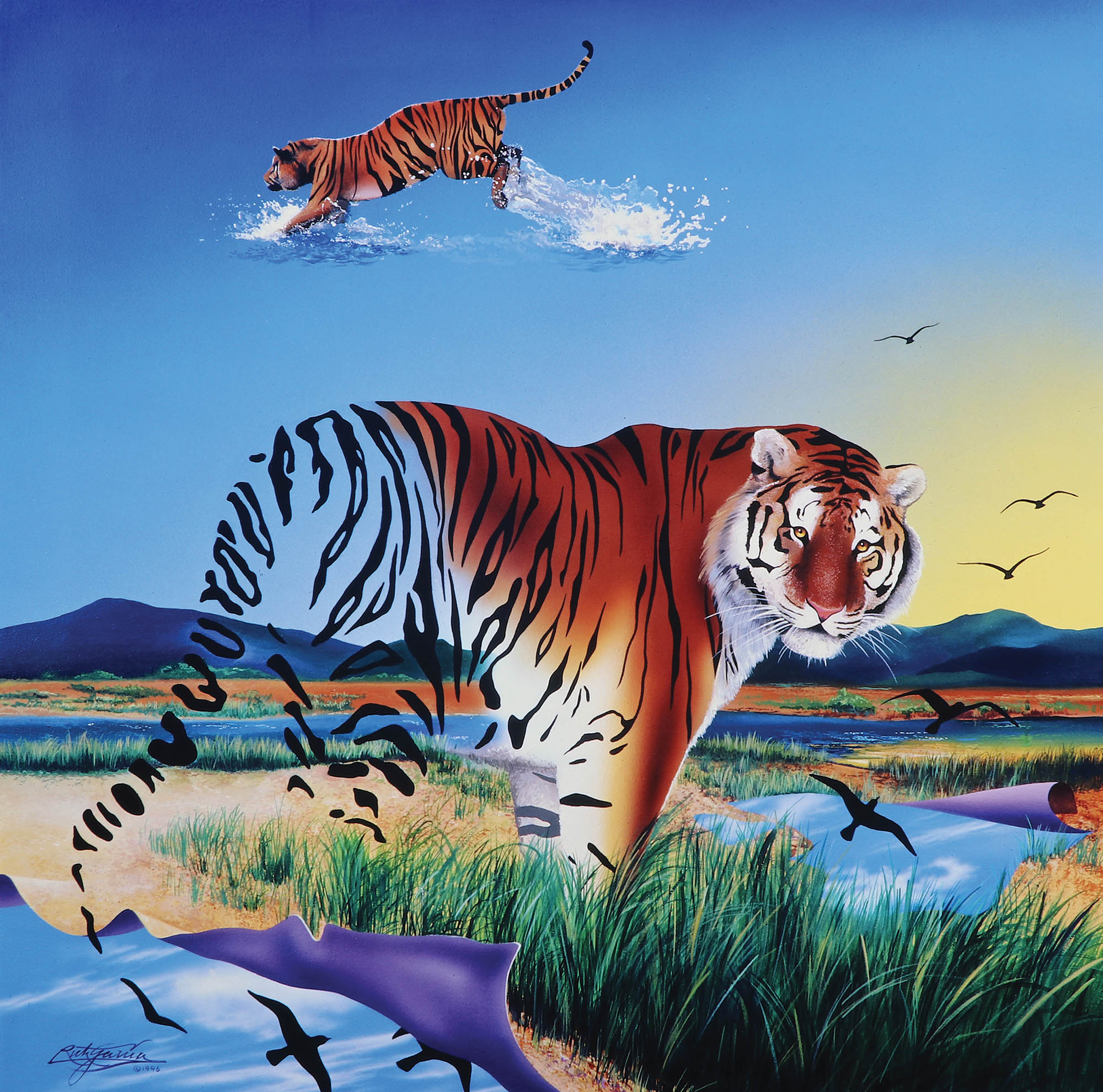
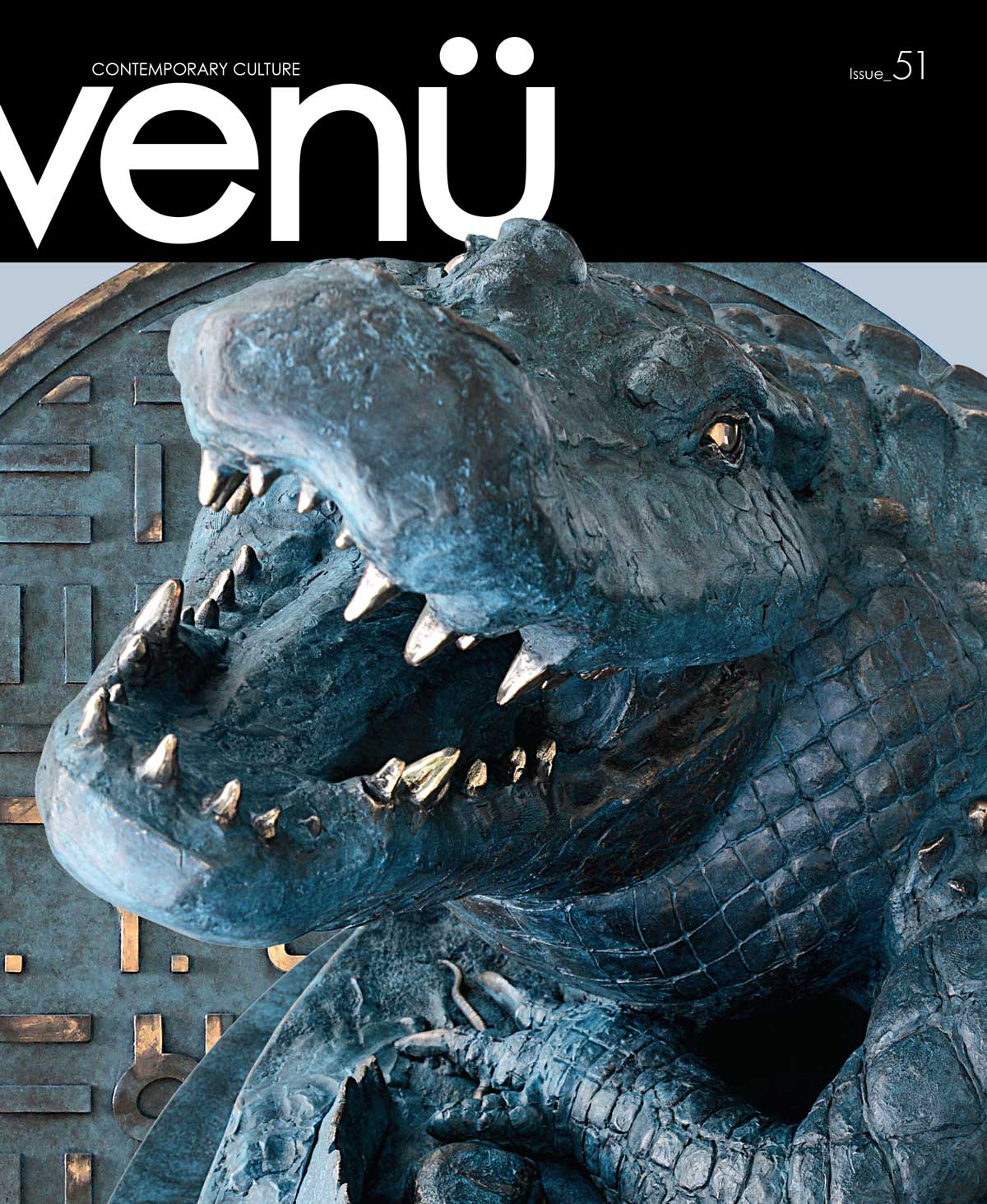
Leave a Reply